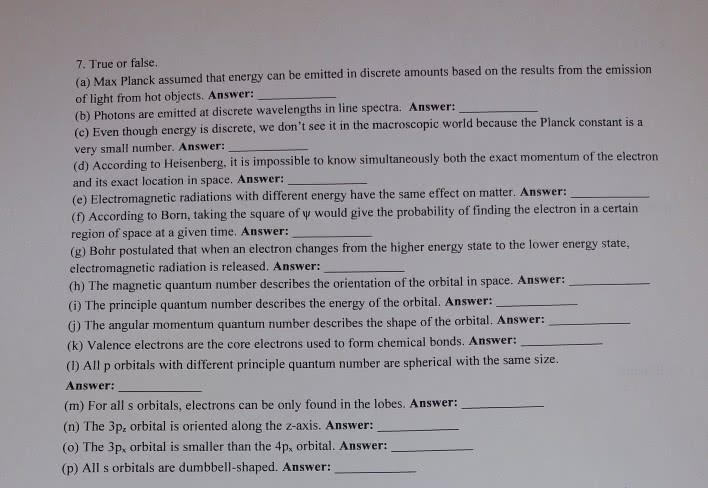CHEM 214 Lecture Notes - Lecture 23: Wave Function, Electron Density
Document Summary
Orbital approximation: consider each electron to move in averaged out potential from all other electrons. Instead of a wavefunction that describes positions of electrons 1 and 2 simultaneously, we divide it in two independent wavefunctions. The energy difference between 2s and 1s, three electrons in 1s is still more favourable than 1 electron in 2s orbital. Electron have intrinsic angular momentum, even at rest. This is referred to as spin angular momentum and is relativistic effect - it is due to actual rotation - although the effect is similar. Spin angular momentum behaves similarly to qm orbital angular momentum and is described by two quantum numbers: s (total spin angular momentum) and ms (z- component of spin angular momentum) S and ms are the spin angular momentum analogues of l and ml for orbital angular momentum. For electrons s=1/2, so the total angular momentum is always the same for all electrons: physical rotation yields only integer angular momentum quantum numbers.


